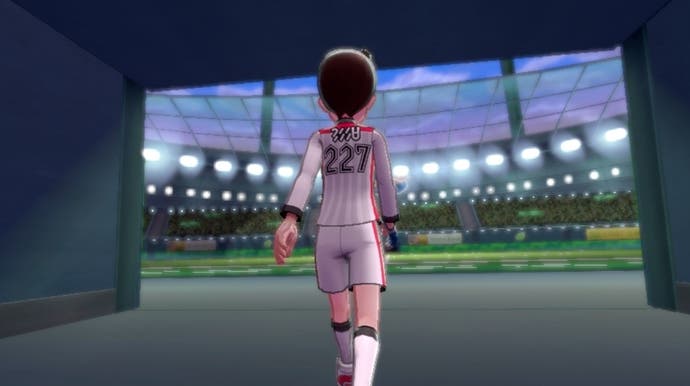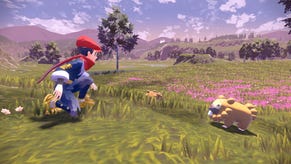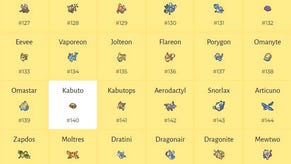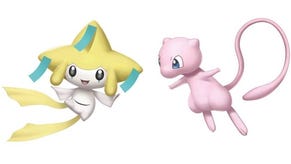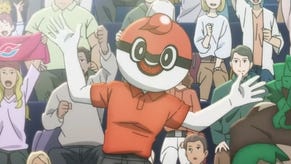Pokémon Sword and Shield review - a shadow of a former great
Little England.
Did you know that Dynamax and Gigantamax Pokémon - the jumbo, Stay Puft forms your little creatures can rather endearingly assume during certain battles - are actually just projections? Your barely two-foot-tall Pikachu isn't actually growing to the height of a skyscraper - or the girth of the classic chunky design, for that matter. It's just an illusion. A smart way to combine the AWOL, slightly unwieldy Z-Moves and Mega Evolutions of previous generations into a single, spectacular three-turn mechanic in battles, sure. But the scale of those battles, the spectacle, is fake.
In practice, outside of being a neat detail for the lore nerds, that sleight of hand doesn't really matter. But it does serve as quite a fitting, if on-the-nose, metaphor for a game set in Galar, a new region inspired by the long-waned superpower of Great Britain, with all its puffed-up-cheeks and empty bluster. It's also, more troublingly, quite a fitting metaphor for Pokémon Sword and Shield themselves. This is a new generation of Pokémon games that promises much, with brilliant new Pokémon, a raft of intricate system-tinkering for long-term fans and a series-first stab at an "open-world" area. But all that's new seems to have come at a cost - and the cost is almost everything else in the game.

Pokémon Sword and Shield's beginnings are much like any other in the series. You start at home, in the especially bijou hamlet of Postwick. You say goodbye to your mum and meet your friendly rival, heading past rolling fields of Wooloo and crumbly country lane cottages. You collect your starter, cutely and intricately animated in their little line-up, as you make your choice. And then you press on through the local village of Wedgehurst, with its chortling berry grocers and singular boutique, to meet the elderly professor at her old house, nestled beside a lake. In other words - a brush with heavy foreshadowing aside - it's all strictly familiar stuff. Traditional Pokémon in traditional England - or at least a parochial, Surrey retiree's idea of it.
Soon after that early comfort, though, tradition goes out the window - at least for a little while. Barely two hours into Sword and Shield you'll be introduced to the Wild Area, Pokémon's first ever attempt at an open world, and it is hugely promising. A proper chunk of open world, with different biomes attracting different kinds of Pokémon, and different weather and day-night cycles affecting spawns too. You've barely learned to throw your first Poké Ball when you're thrust into the big green expanse. It's a thrill.
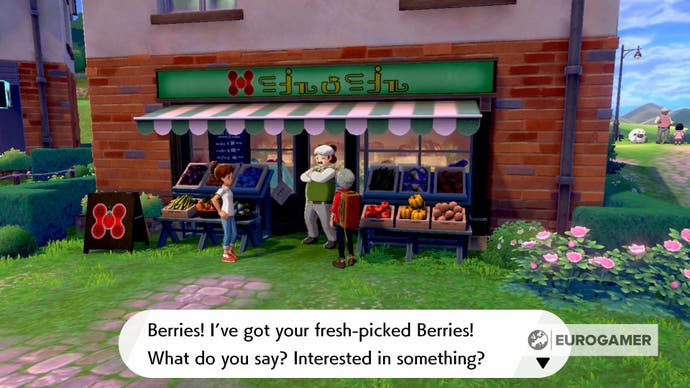
Inside the Wild Area itself is where you'll likely first discover Sword and Shield's range of tweaks. Wild Pokémon can now be overleveled, while gym badges now dictate the maximum-levelled Pokémon you can catch, as well as the standard cap on the maximum level a Pokémon can be whilst still obeying your commands. You'll run into that limitation annoyingly often on general routes in the game - when you poke your head into the start of a route after your current town, for instance, if you're curious like me - but in the Wild Area it's a nice way of gating progression while keeping things largely open. In those early green fields you can grind your way through tricky battles - I took down a beefy Onix when some of my team were barely level 10, for instance - and earned some great XP; you can catch some unusual Pokémon unique to specific biomes or weather conditions, if you're patient enough; or you can grind out some more with Dynamax raids. Whether you'd want to though, I'm not sure.
Dynamax raids themselves, a headline feature, pop up perpetually at "dens" all over the Wild Area, and are disappointingly simple. You tackle them 4v1 - with online friends or NPCs - but the battles themselves, after the initial awe, are underwhelming and really of little to no consequence. Lay the beat down on whatever giant baby's thrown out - a Bonsly or a Whooper, say - and in a couple of hits it's over.
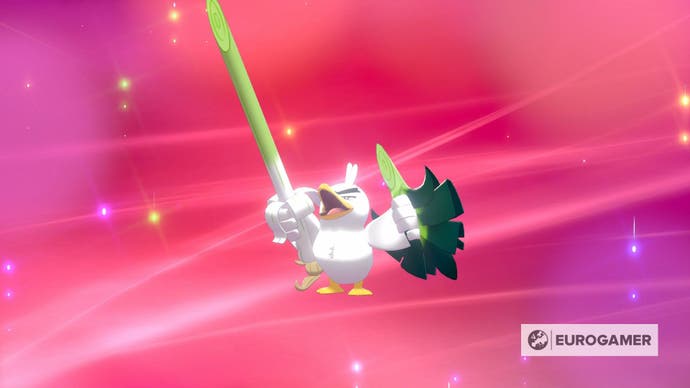
Slightly more interesting are the rewards, which include several entirely new items like Exp. Candy, that gives your Pokémon a chunk of Exp. and, most interestingly, TRs: a type of old-school TM that breaks after a single use, but can be collected multiple times. I'd expect Dynamax raids in the Wild Area to be the place where you'll do the most grinding, if you're competitively inclined, so it's a shame that while that's a break from the norm I still found their simplicity - both visual and systemic - quickly turns them into a chore.
There are plenty more tweaks, which always seem small but are important and indeed welcome, in an interative series like Pokémon. The Escape Rope is a single, multi-use item. The move deleter, re-learner, and nickname rater is now in every Pokémon Center. You can now access your storage box of captured Pokémon from almost anywhere (Gyms are excluded), which means you're more inclined to rotate your team and, as a result, less likely to get overleveled yourself; and Wonder Trade - now Surprise Trade - is back. Rejoice!

On the competitive, "hardcore" side, you can now use items to change a Pokémon's nature, which is a significant boon (although it, like the returning Hyper Training, is reserved for the post-game), and you can grind out chain-catches for yellow aura Pokémon with better stats. Pokémon Camp, too, despite appearing as one of those filler-content featurettes, does actually have a use: the curries you cook from gathered ingredients will heal your entire squad, making it handy for Wild Area excursions or awkward grinds in the middle of a longer route. And, of course, HMs continue their march towards extinction: there's one upgrade to your bike that lets you go on water, and that's it.
The actual new Pokémon themselves, too, are fantastic. Pokémon Sword and Shield bring in a range of new type combinations - Ice-Electric, for instance, or Electric-Poison - which is an achievement in itself given how few new ones there are left. Likewise, through the roster of Pokémon you face in gyms, on routes, and in wild encounters themselves, the spread of types in Sword and Shield moves the game's natural balance away from the traditional Fire-Water-Grass triad to the Bug, Dark, Fairy, Fighting, and Steel match-ups that have been somewhat underutilised until now. You'll feel a natural inclination to mix it up from your playthroughs gone by.

The designs, too - from regionals like Sirfetch'd and Galarian, my-little-pony-Ponyta, to instant-favourites like Wooloo, Yamper, and the mischievous Impidimp - are a delight, playing on British folklore and colloquialisms with that kind of immediate likeability that only Pokémon can manage. There are more new forms of forgotten 'mons yet to be revealed (at least officially), more Gigantamax forms, that change the appearance of Pokémon new and old as well as their size, and of course many more new ones altogether. Many of those newbies are three-stage evolutions, too, which sounds minor but just adds an air of anticipation to your progress through the Pokédex. There's even a comically disturbing, please-put-me-out-of-my-misery change to the way fossils work, as two extinct species are now spliced into single, hideous creatures when restored to life.
Where there's talk of new Pokémon in Sword and Shield, though, there's talk of the Pokédex. The National Pokédex - the full list of all Pokémon ever available in the mainline RPGs - is unavailable for the first time in Pokémon Sword and Shield. Where you could previously catch several hundred in-game and then import the several hundred more that remain, that's no longer possible. It's a strange move. The actual, tangible consequences of it, to the vast majority of players, is minor. Most Pokémon players don't import Pokémon that can't be caught naturally in a new generation for use in their main playthrough. Some do, of course. Some others will transfer old favourites, not so much for use but just for the fact that they can say they caught their old friend - or trophy, however you might look at it - back in Red or Blue and brought it all the way here. But that won't be the majority of players, or even close to it.
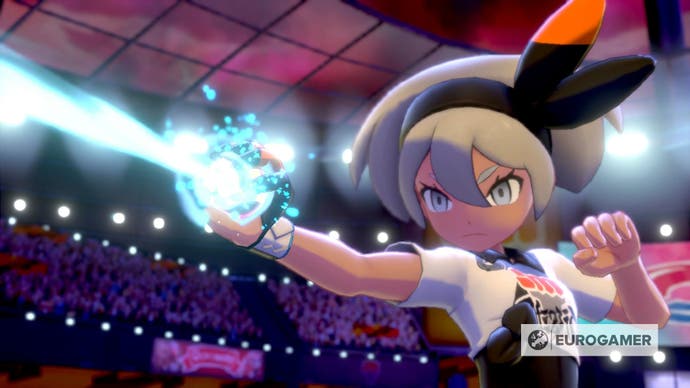
Where the actual consequences are felt is, firstly and most significantly, in the very spirit of the game. Pokémon games, by decree of the Pokémon Company, must always have three core pillars: collect, trade, battle. Where some outside the main series have done away with the odd part of that holy trinity (specifically at the underbaked launch of Pokémon Go) they have always inevitably returned. In the core RPGs you have always been able to catch them all, trade them all, and battle them all, and what's lost in the removal of the full Pokédex is less the utility of bringing Pokémon over than just the fact that you can know you could, if you wanted to. It's just the same as how you know full well that you won't be digging your two-generation-old console games out of the attic to play on the newest hardware, but it somehow still stings to realise - if you did for some reason want to - that you physically can't.
That intangible loss aside, however, there are benefits that the 'dex-trimming brings to Pokémon Sword and Shield too. For one, it allows older, underappreciated Pokémon to return to the fore and shine. Many Pokémon from generation five - Pokémon Black and White, and cult-favourites Black 2 and White 2 - are readily available in the wild for the first time in years, and their presence alongside one of - if not the - largest rosters of wholly new Pokémon does more than enough to make the world feel more full of wildlife than it ever has before, especially with Pokémon roving the overworld itself, too. To linger just a little longer on the point, I'd hazard a guess the reduced Pokédex is also a boon to the competitive scene, which has always been restricted to those few hundred available without transfer for the first year anyway. Professional players, or the many of those aspiring, will likely welcome a reshuffling of the deck, while the scene's most creative moments were always born of restriction, too.

In essence, despite the clamour and the rage, the lack of a National Pokédex is not the problem. The real problem with Pokémon Sword and Shield lies much deeper, or rather where that depth ought to be. There is far more than a whiff of troubled development to these games, brought about by an astonishing lack of complexity, texture, and flavour in almost every place where you'd usually find it in every Pokémon game that's come before.
One example: one mid-game area that I can't spoil starts well enough. The lighting is low, and the route dotted with a couple of loops and dead ends. A minute or two in, as you work your way past the first twists and turns, you'll reach an entrance to the next section, bathed in some mysterious, eerie glow and - oh! - it's not the deeper, inner level beneath the surface; it's the next town, and the end of this place you expected to be a dungeon altogether. This happens time and time again.
In fact, Pokémon Sword and Shield is entirely dungeonless. There is no route or cave or building or wood more complex than Red, Blue and Yellow's Viridian Forest, the tutorial pseudo-dungeon at the start of generation one. Nothing in the game comes close to even Mt. Moon or Rock Tunnel, let alone the twelve floors of warp-pad mayhem in Silph Co. - all first-generation locations that were fully realised in Pokémon Let's Go Pikachu and Let's Go Eevee, both ostensibly remade versions of the classic games, but for children. It might seem inconsequential to say these games are dungeonless - Breath of the Wild did away with traditional ones, after all - but I can assure you it isn't. Dungeons, in every generation until now, are the very essence of Pokémon games. They're where you find the most trainers, the most items, the most puzzles and the most interesting, mysterious nuggets of lore. In Sword and Shield all of that is gone, and there is no replacement.
At a certain point, Pokémon Sword and Shield's lack of substance is almost a parody. Time and time again some rumble or crash or moment of panic will happen out of shot, and you'll think - finally! - it's your call to action. But no. Every inciting incident, every kick-off point for act two, any shred of anything happening at all is batted away with a simple "I'll handle this, you carry on" from the Galar's resident in-game hero and Champion Leon, to the point where you wonder how much more fun you'd have in his playthrough instead of yours.
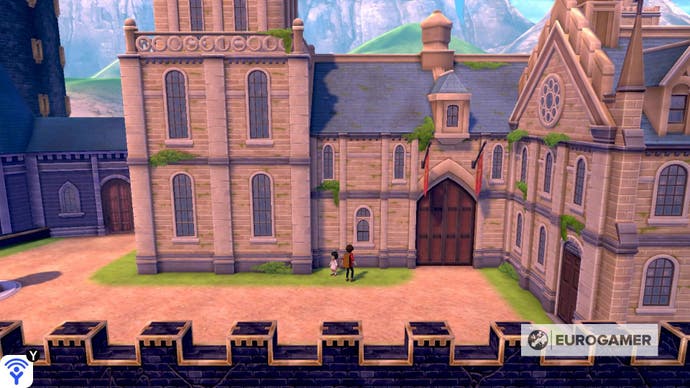
There are too many closed doors, too many unnecessarily eye-grabbing buildings in prime position left weirdly inaccessible or empty. One town, that you'll likely anticipate visiting, turns out to be a single, left-to-right street, where the only door that opens is the Pokémon Center, like you've stumbled onto an old western set. Another houses a vast, imperious hotel that fills an entire district of the place by itself, but has nothing in it. Where you'd once, aboard the S.S. Anne, be rewarded for checking everything from the captain's bridge to a bedroom bin, 20 years later, inside Sword and Shield's most grandiose landmarks, you can't get past an itemless, trainerless, Pokémonless lobby on the ground floor.
It goes on. Traditional gyms return - a puzzle first, followed by a battle - but the promise of a minor league amounts to a single mention of it in passing dialogue. There are fewer trainers on routes than there have been before. There are fewer routes than there have been before. A climactic conversation is played out, in silence, over static artwork. Another climactic battle sequence, for some reason, had no music. Even the NPCs dotted around the world seem to have less to say. There's so little "legend has it...", nothing by way of real explanation or construction of the world, at least until the final phases of the story. There are so few books to read, or nooks and crannies to explore. By Pokémon's own standards it's dire, and the comparison need not stick to early generations: even Sun and Moon had hidden holes in the wall leading to secluded beaches and undiscovered caves.
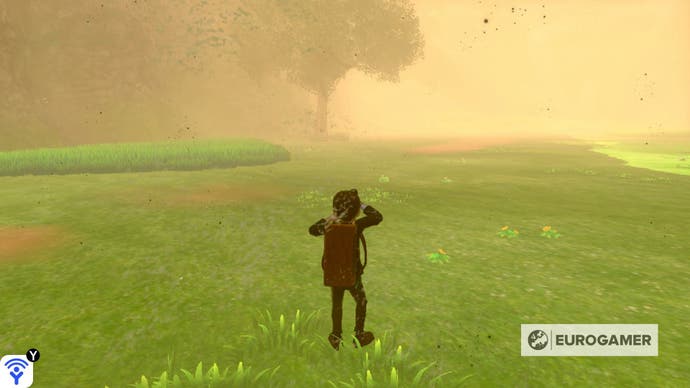
This shrinking and shuttering of the world would be understandable - and quite justifiable, I think - were the Wild Area to really sing. It is certainly novel, by Pokémon's standards, and it really is open. But being a world that is open is not the same as being an open world. A true open world is less about being wide and clear than it is about being interesting.
Sword and Shield's Wild Area is desperately flat. There will undoubtedly be a moment of shivers, if you're a long-term fan, when you first see Pokémon roaming the world and you finally get to gaze around that space yourself. But that moment will wear off when you realise you've already seen it all. And it'll fade from memory entirely when you inevitably hop back on the rails from which you have just at last broken free. What is intended as a great, Breath of the Wild step forward quickly turns to two giant leaps back, and with these games that sad irony is everywhere. Pokémon Sword and Shield project a sense of scale and ambition far beyond any previous ones in the series, but to take it back to those gargantuan new Dynamax forms, the size is merely a shadow. A shallow projection, in place of the real thing.
